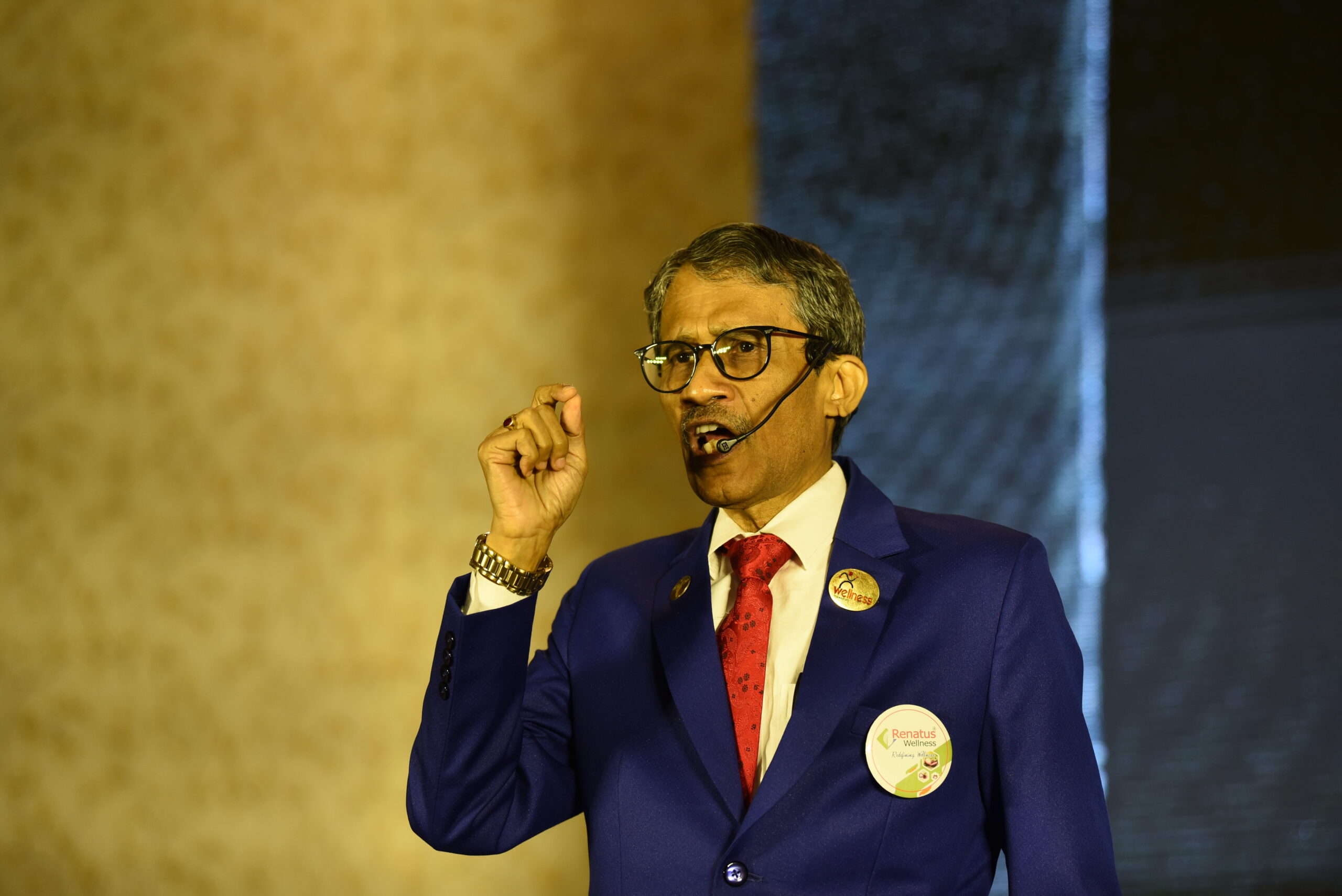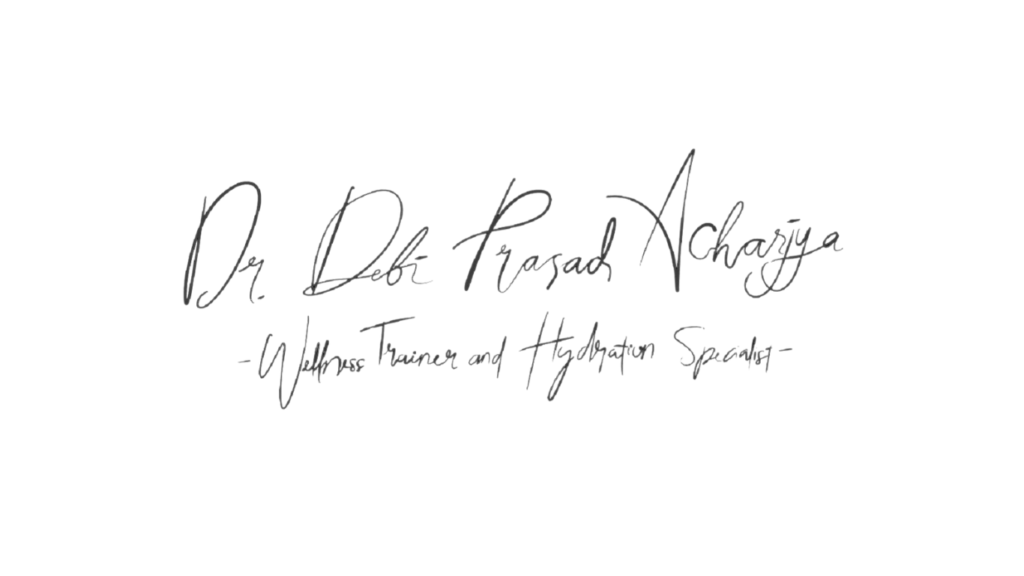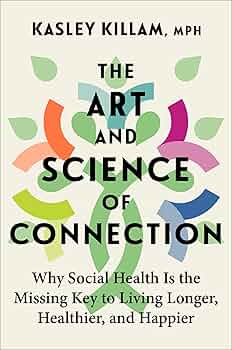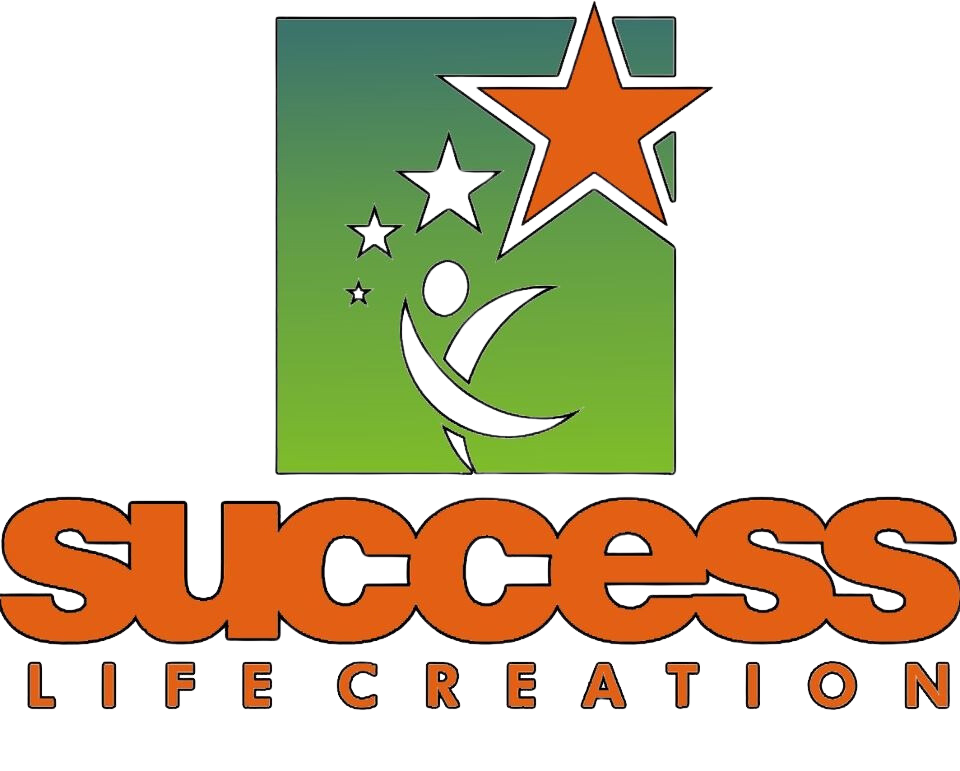The Art and Science of
Human Connection

Social health is a critical, yet often overlooked, aspect of overall well-being. Strong, meaningful connections are not only crucial for emotional satisfaction but also have significant implications for physical health and longevity.
“The Art and Science of Connection” by Kasley Killam redefines health by introducing social health as a critical, yet often overlooked, aspect of overall well-being. By blending scientific research with practical advice, Killam provides readers with a comprehensive guide to enhancing their social health.
The book’s core message is that just as we exercise our physical muscles, we must also strengthen our social muscles to thrive. Killam offers a simple framework for assessing and improving social health, actionable strategies for building and deepening connections, and insights into innovative approaches from various fields that are driving a movement towards a more socially connected society.

Actionable Strategies for Cultivating Deeper Connections
Kasley Killam offers several actionable strategies for cultivating deeper connections, rooted in both scientific research and practical wisdom:
- Assessing Social Fitness: Killam introduces a method to map out your relationships, analyzing their quality based on depth, mutuality, and frequency of interaction. This assessment helps you identify where connections might need strengthening.
- Strengthening Existing Relationships: For those looking to improve current relationships, the book suggests intentional acts such as sharing personal struggles, asking for advice, and practicing active listening. These actions help deepen trust and intimacy.
- Building New Connections: To foster new relationships, Killam advises joining social or hobby groups, using friend-finding apps, or volunteering. These activities provide opportunities to meet like-minded individuals and form bonds over shared interests.
- Mindset Shifts: The book emphasizes the importance of adopting a mindset that values and prioritizes social health. Recognizing that loneliness is akin to hunger – a biological signal that something is missing – can motivate individuals to seek out connection more actively.
- Consistent Practice: Just like physical fitness, social health requires consistent effort. Killam encourages making connections a daily habit, whether it’s a quick check-in with a friend or a meaningful conversation with a colleague.

Innovative Ways to Enhance Social Health
The book also explores innovative ways that individuals and communities can work to enhance social health, highlighting perspectives from various fields:
- Healthcare Leaders: The book discusses how healthcare leaders are beginning to recognize social health as a vital component of overall well-being. For example, some hospitals are integrating social health assessments into patient care, identifying those at risk of social isolation and connecting them with community resources.
- Entrepreneurs: Entrepreneurs are developing products and platforms designed to foster social connections. This includes apps that help people meet others with similar interests, as well as technology that facilitates meaningful interactions, even in digital spaces.
- Community Initiatives: The book shares examples of community-driven efforts to build social health, such as neighborhood groups that organize regular gatherings or initiatives that create communal spaces designed to encourage interaction.
- Artificial Intelligence (AI): AI is being leveraged to enhance social health in innovative ways. For example, AI chatbots are being used to provide companionship to those who are socially isolated, offering a bridge to human connection. These bots can also help people practice social skills in a low-pressure environment before engaging with others in real life.


The book is structured around a practical framework that helps readers assess and improve their social health. Killam blends scientific research with real-life stories to provide actionable strategies for cultivating deeper connections, whether in personal relationships, at work, or within the community. The goal is to empower readers to strengthen their “social muscles” in the same way they might approach physical fitness.
Whether you are an introvert, extrovert, or someone feeling socially stretched thin, this book provides the tools and inspiration needed to cultivate a more connected, healthier, and happier life.
